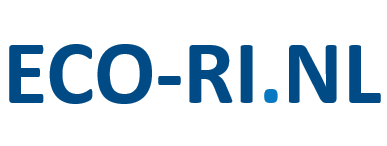Eurasian oystercatcher research population Schiermonnikoog

Details
- Infrastructure type
- Field sites / Long-term monitoring
- Research partner
The facility
The long-term study population of Eurasian oystercatchers on Schiermonnikoog is used to study (1) the causes of population change in this indicator species of the Wadden Sea ecosystem, (2) to understand how individuals and populations respond to rapid environmental change.
Species groups studied
- Eurasian oystercatchers
- Spoonbills
- Geese
- Hares
- Cats
- Vegetation
- Macorbenthos
- Fish
Running period (guaranteed funding)
1983 – Ongoing
Equipment / facilities
Defined study population on the saltmarsh on the eastern part of the island that consists of of ~400 colour-banded birds that have been monitored since 1983, meaning that for most individuals we have a complete life-history.
Data management
All data is stored into a relational database. The data include information for all individuals whether they were seen in a given breeding season, where and with which mate they bred, and how many offspring they produced. Additional data include numbers of nonbreeders, macrobenthos food stocks, nesting location and elevation as well as phenotpyic data (body mass, bill morphometrics, DNA samples).
Available datasets
All datasets are stored in a relational database.
Conditions for access
The policy is to make data available as much as possible for the purpose of scientific research, as long as it does not overlap with ongoing research by the involved researchers. Access to data can be requested by contacting Martijn van de Pol.
Connection to strategic developments
Part of LTER-NL : https://deims.org/fcbf044b-20e2-4e87-894d-10bfe6e3a7ac
Part of STW-CHIRP: https://www.chirpscholekster.nl/index.php
Details
- Infrastructure type
- Field sites / Long-term monitoring
- Research partner

